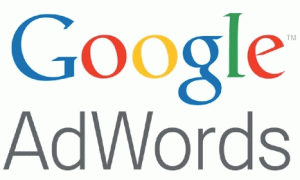Google Tweaks AdWords To Give Landing - Page Quality More Weight

“What we’ve seen is that there are ads available in the auction that are as good a quality as the top ads. But the landing pages — the merchant sites, the advertiser landing pages — are of much higher quality than the ads that we see at the top of our auction,” Jonathan Alferness, director of product management on Google’s ad quality team told me. This, says Alferness, means the user experience isn’t what it could be. Hence the change to give more weight to landing page quality. “In the end, we believe that this will result in better quality experience for the users.”
Landing page quality has long been a factor in Google AdWords, but more as a negative signal. If an advertiser’s landing page was particularly terrible or misleading, advertisers could have their ads rejected or their accounts suspended or revoked — depending on how bad the policy violation was. The new change will assign landing page quality a positive value, incentivizing advertisers to make sure the landing page’s keywords and content are closely aligned with the keywords for which they’re bidding. Ads with high landing page quality will get a “strong boost” upward in the auction, according to Alferness.
Alferness says Google will crawl the landing pages associated with every ad and make a determination as to its quality.
“What we always ask our advertisers to focus on is relevance — choose a landing page or site experience that is both relevant to the keywords that you’re targeting and also a good experience for end users,” said Alferness. “This is just continuing to sort of push on those best practices. I gives us the ability to really reward those advertisers that have been doing this, whose landing pages really are some of the best in our systems.”
The change will roll out in the next week or two. Advertisers may see some variations in ad position and keyword Quality Score at first, but things should settle down within a couple of weeks, according to Google.
Article Copied From: http://searchengineland.com/





